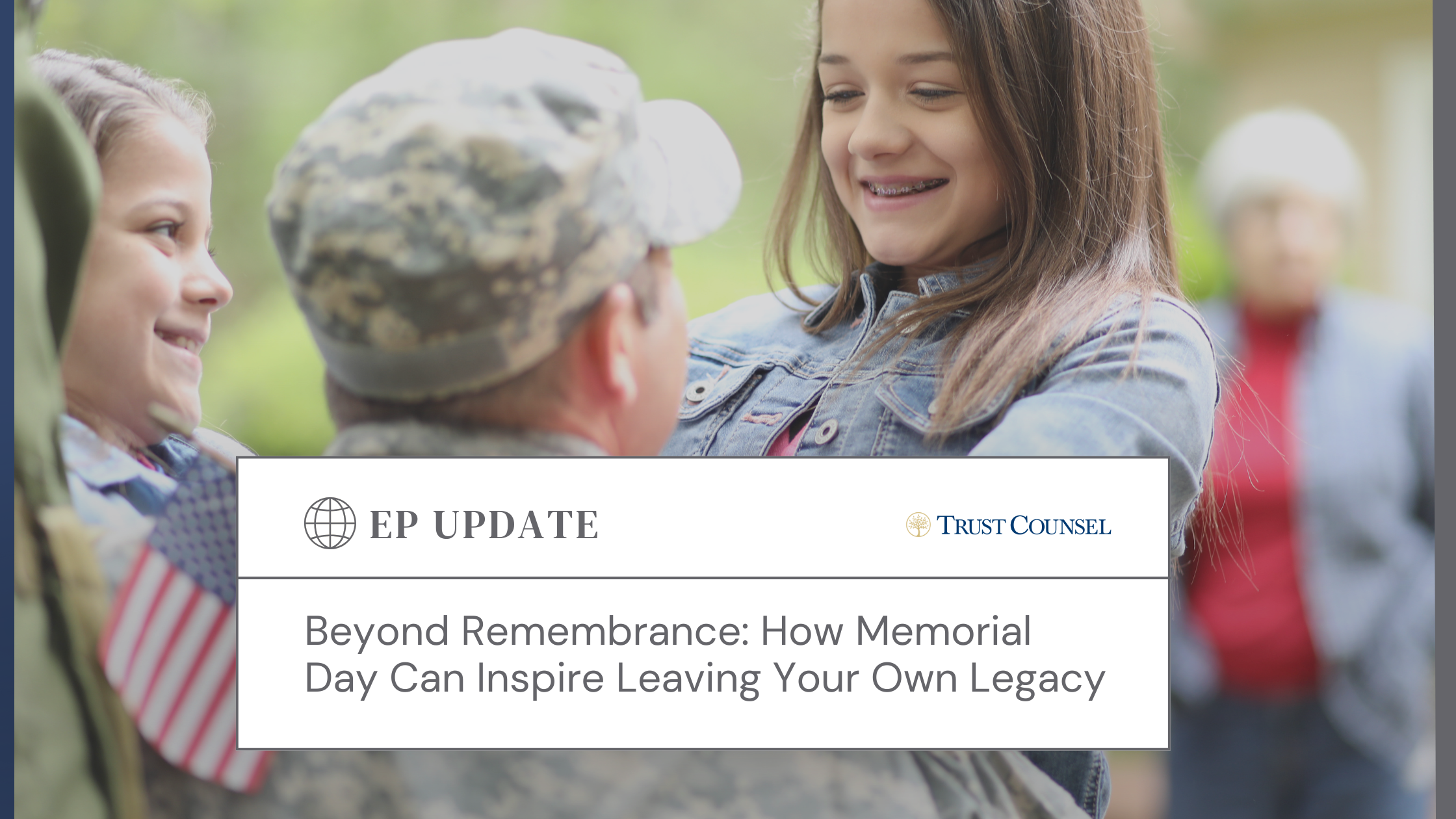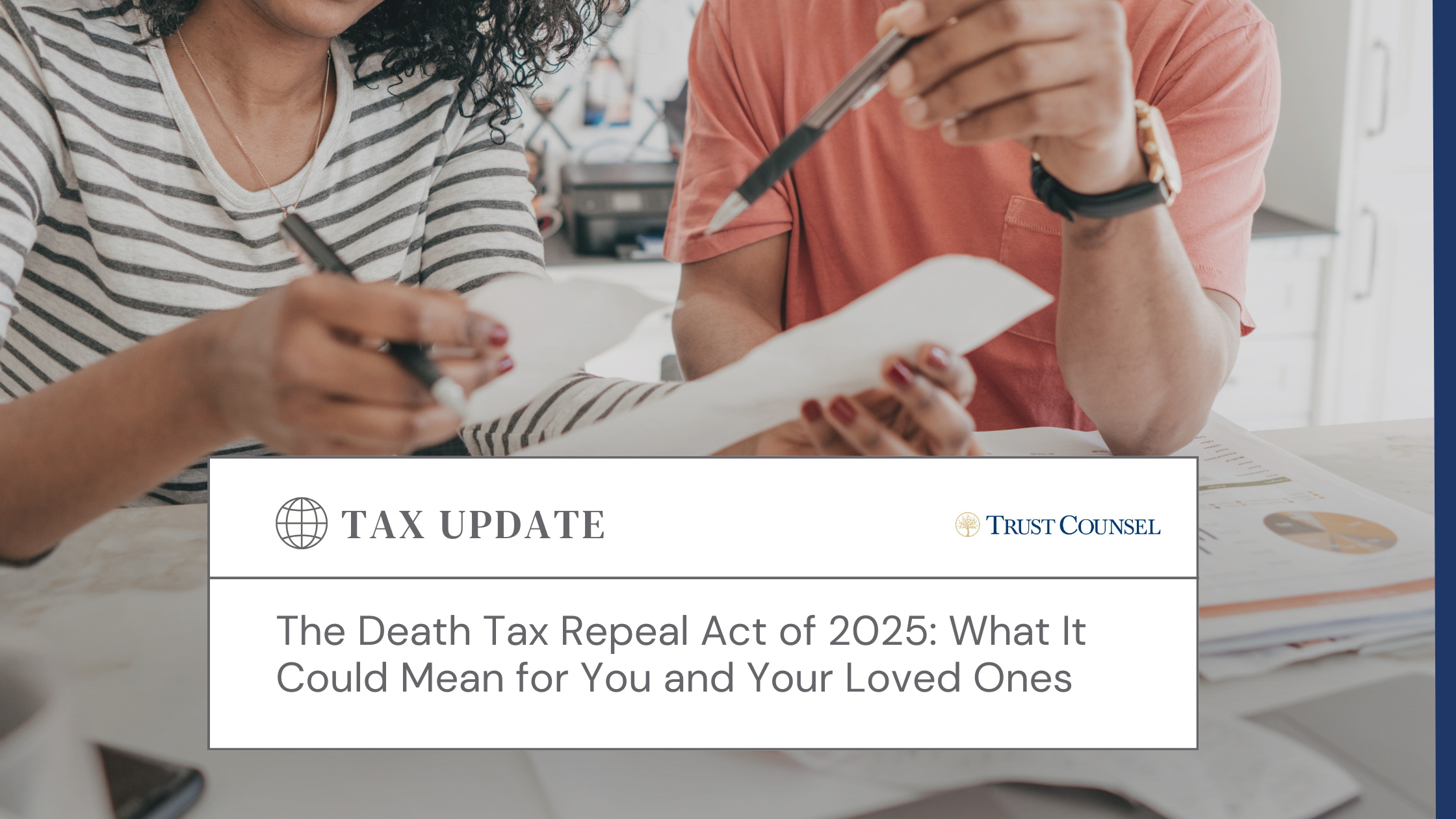
January 1 wipes the slate clean for your tax deductible charitable contributions. That might be a good time to reassess your approach to donating to charities. Most of us respond to some of the appeals which come through various avenues such as unsolicited phone calls, campaigns at work, or church related charities. Whatever the source of the appeal may be, however, most people are inconsistent givers and fret when finding a way to say no.
A Better Way
A solution to the dilemma when to give and when not to, is having a plan in advance. Knowing ahead of time how much you are willing to contribute to charities and those specific charities to which you will give makes it easier to deal with those groups not on your “list”. Hard-charging solicitors are more likely to back off when informed that you have a charitable giving plan to which you strictly adhere.
To begin creating your own personal charitable giving plan, first look at your past giving patterns and amounts. Did you take an itemized deduction? If yes, you can start with that amount and decide whether it is too high or too low. Many people do not keep track of all they have given, and some may even overstate the amount. Whatever the case, decide on an amount you want to give and then make a list of the organizations to which you will donate.
Once you identify the recipients, you can decide how and when you want to make your contributions. If cash flow is an issue, you might set up a schedule for contributions. Consultation with the charity may provide some knowledge of what works best for that organization.
An Even More Coordinated Approach
If you want to provide a one-time outlay that gets your charitable funds set aside, a donor-advised fund can be established through a financial services firm. This way, a contribution to the fund can be made and then disbursed at later dates. The tax deduction is based on the contribution to the fund rather than to individual organizations. This also allows other family members to contribute if they would like to simplify their charitable gift-giving, too.
A plan for charitable giving that specifies an amount and the recipients, in advance, takes away the angst of considering numerous solicitations that come randomly throughout the year. Knowing you have an action plan in place makes it that much easier to either ignore solicitations or provide a standard response.





